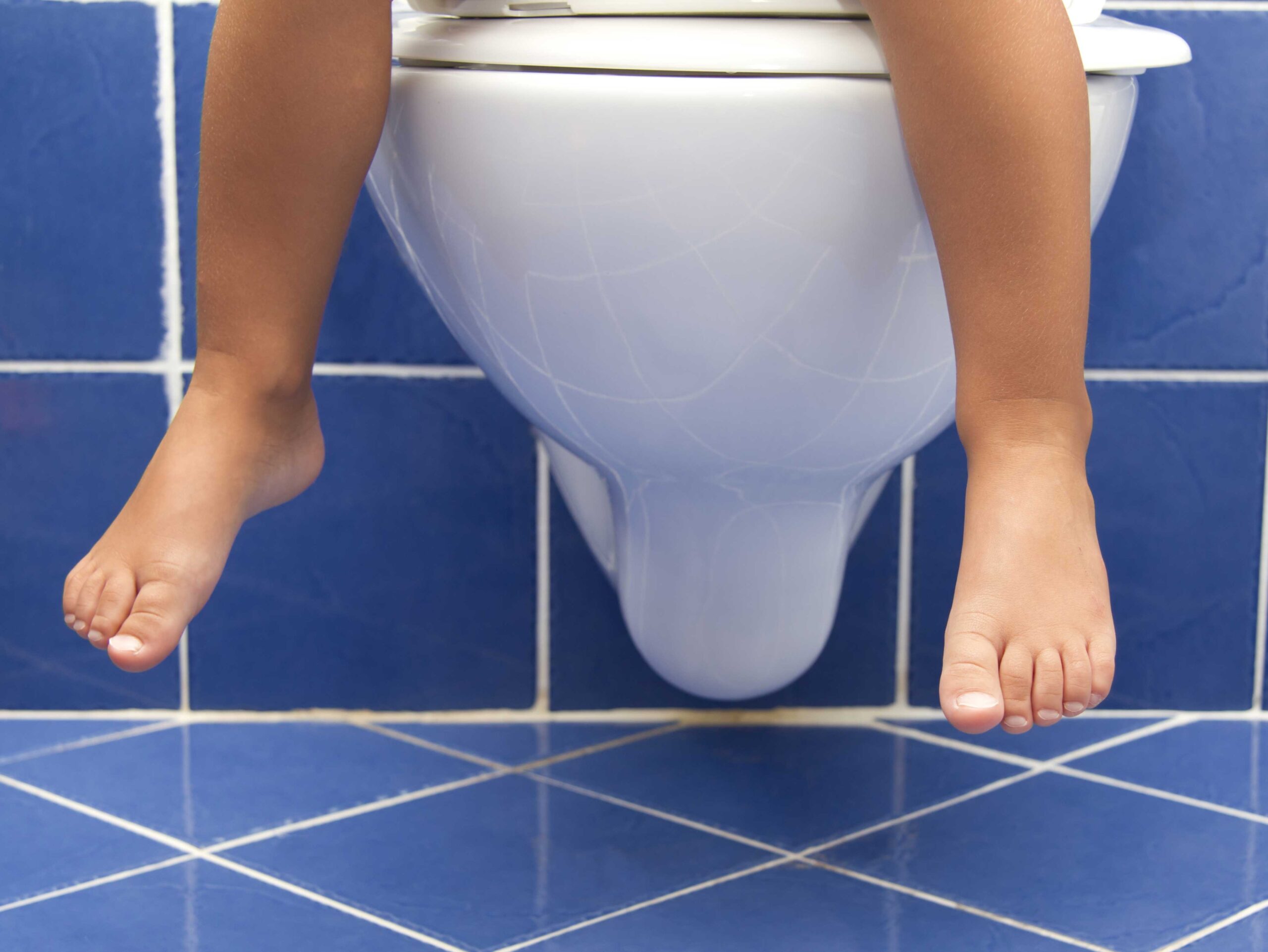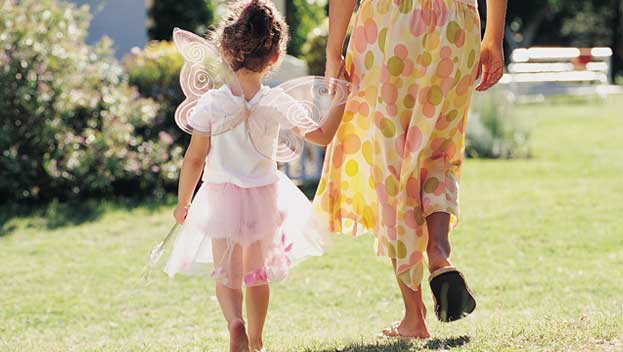Toilet training is a personal matter for you and your toddler. There are no hard and fast rules about when to start, except that you should take the lead from your child – he needs to ready
Paediatrician Dr Marion Crouchman believes that consistency is the key to success.
“If you are serious about potty training, then go for it. Once you’ve chosen a regime, stick to it to avoid confusion.”
She adds that it’s also important to make sure you don’t show any signs of disgust at your toddler’s poo or wee. “Don’t get angry if he has accidents – they’re inevitable at first,” she says.
If he shows any signs of distress about toilet training, stop for a few days before trying again.
1. Make your purchase
Any time after your toddler’s first birthday, buy a comfortable, broad-based potty. Let him sit on it for fun now and again – before bath time is a good time to try.
Tell him what it’s for, and if he does anything in it, praise him. If he’s not happy, wait a few days and try again.
2. Choose a pot spot
Decide on a place to keep the potty so that he gets used to where it’s kept, and when you think he’s ready, increase his number of daily visits.
Every time he sits on it, remind him what you hope he’ll do on it from time to time, and always praise him if he does something.
3. Time it right
Continue with these random sessions. If your child does a poo at more or less the same time every day, get him to sit on the potty at that time, explaining and reminding him what it’s for.
If his habits aren’t regular, watch out for the signs that he is about to ‘go’ (reddening face, concentrated look, standing still) and quickly put him on the potty.
4. Nappy off
Leave his nappy off from time to time. Try this one morning or afternoon when you’re at home, and tell him it’s because he is learning how to use the potty. Sit him on the potty now and then.
He may wet or dirty lots of pairs of pants without using the potty. If so, go back to steps two and three, and wait a few days before trying again.
5. Ask him nicely
Start asking him if he needs the potty — but don’t nag! He may sometimes refuse and then promptly wet his pants. If this is the case, don’t criticise.
Help to increase his sense of independence by reducing the number of times you decide to put him on the potty – your aim is to help him recognise the signals for himself.
6. Skip to the loo
Once he’s comfortable with the potty and you think he understands what it’s for, you can start to encourage him to use the toilet.
To make sure he feels comfortable and safe on the loo, buy him a special trainer seat and explain to him that using the loo is what grown-ups do (he’s probably seen you on it enough times!).
7. Be prepared
Put him on the potty or toilet before you go out. It will take time for him to learn to urinate at will without having first felt the urge to go, so be patient with him.
8. Make allowances
Gradually leave your child nappy-free for longer, more frequent periods. You might want to use disposable trainer pants instead, especially when you’re away from home or when you don’t know if there’ll be a toilet you can get to quickly.
These absorb accidents but can also be pulled up and down like ordinary pants. Accidents are unavoidable: try to be sympathetic rather than irritated!
9. Relinquish the power
Let your child use the loo more often in preference to the potty, and allow him to decide for himself more and more often when he wants to use it.
Try to keep your reminders to an absolute minimum.
10. Bye-bye nappies!
When he is clean and dry most days, use nappies only at night. He will probably still have a few accidents, but keep on persevering.
Remember, he will still need help from you with the more advanced skills of bottom-wiping and dealing with zips and buttons.

